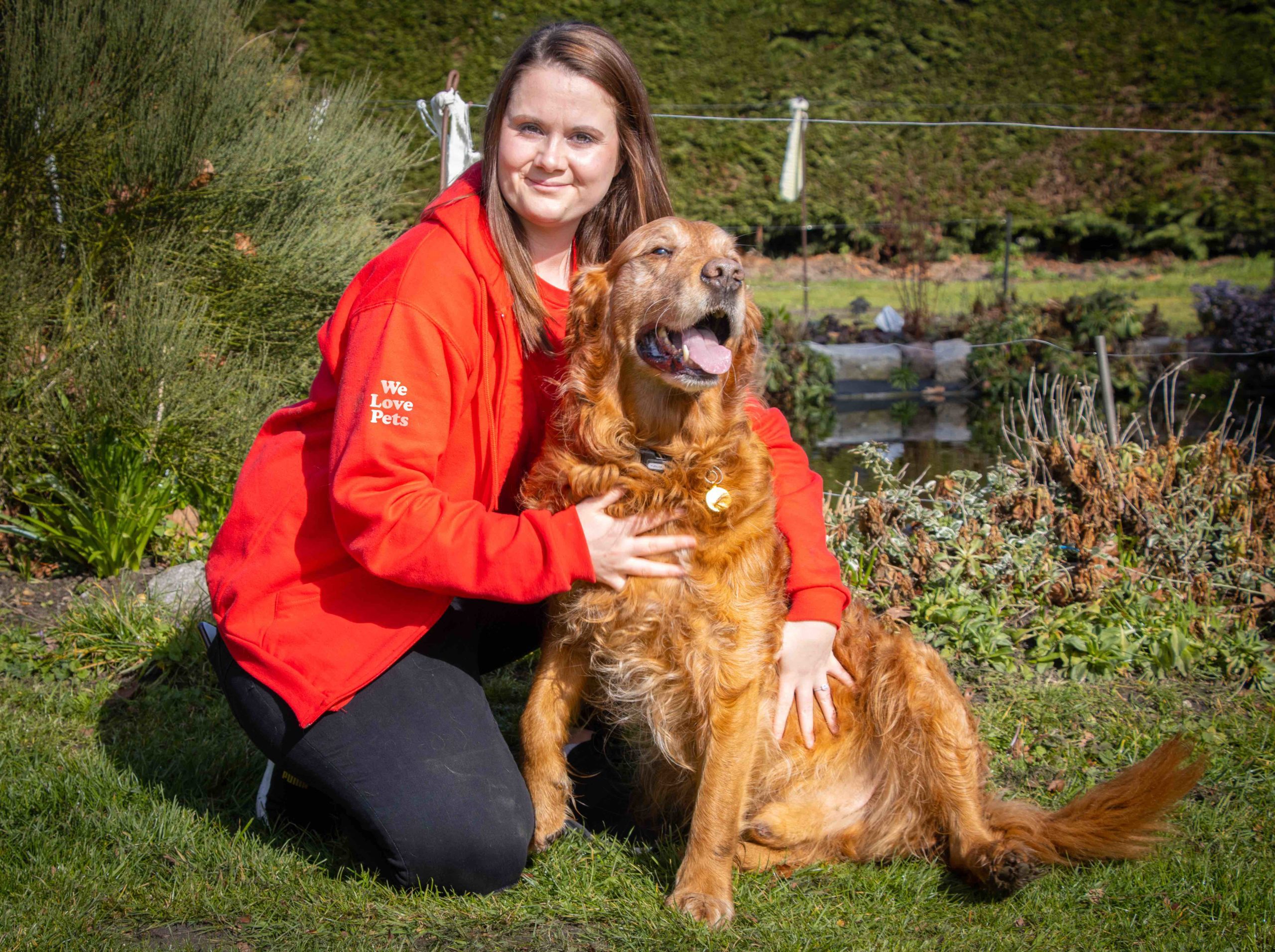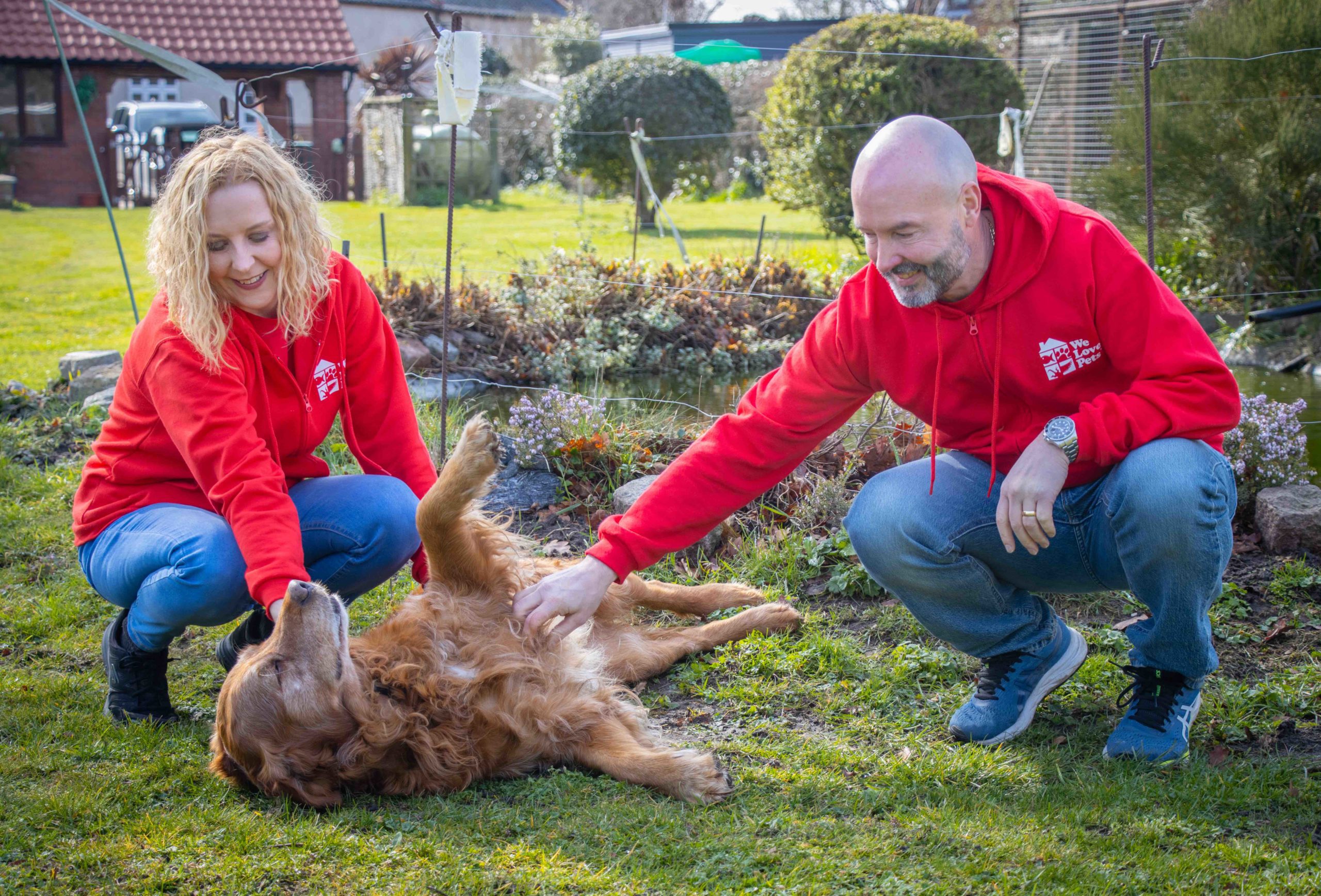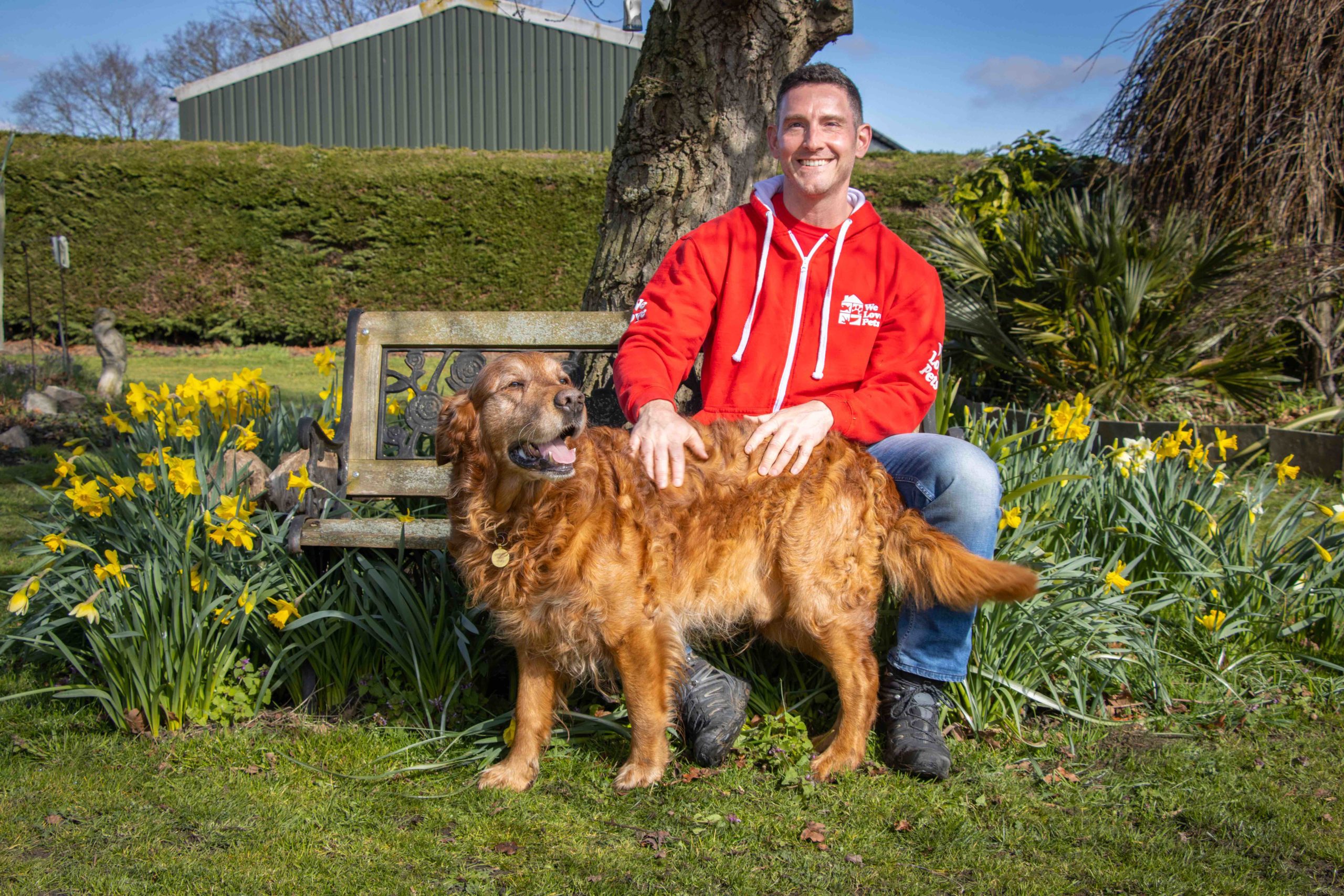An interview with Jessica Worthington, a veterinary nurse from Swindon, who campaigns for the prevention and treatment of Alabama Rot.
Jessica was walking her Cocker Spaniel, Pippa through her local woodland in December 2015. Pippa played as she normally would and they returned home from their walk. While she washed Pippa to remove the mud from her coat, Jessica noticed something was wrong… tragically it turned out that Pippa was suffering from Alabama Rot.
“I thought Pippa seemed a little lame so I took her into work with me that night,” said Jessica. “Then, the next morning, six or seven lesions had appeared on her feet.”
Despite receiving veterinary care the next day from specialist vets, Pippa sadly died just six days after contracting the disease.
At We Love Pets, we have had a number of owners contacting us about Alabama Rot as there have been several reported incidents in the area including Wiltshire, Hampshire and Berkshire.
Alabamarot.co.uk states that, “up to 8th May 2017, there are 98 confirmed, 22 unconfirmed and 35 suspected cases of Alabama Rot in dogs – a total of 155 cases”. It is most abundant in the South west of the UK.
First and foremost we would highlight that the number of incidents across the whole country is very small and the current risk of an individual dog contracting the condition is pretty low.
However Alabama Rot has had quite a lot of news coverage recently so here is some information that might help you to understand more and assess the risks to your dog.
What is Alabama Rot?
Alabama Rot is the common name for cutaneous and renal glomerular vasculopathy or CRGV which was identified in the USA in the 1980’s.
The first case was reported in the UK in 2012 and an estimated 60 deaths have been attributed to the condition up to the end of 2015. It can affect all breeds of dogs and there seems to be no discrimination between the age, weight or general condition of the dogs that get it.
Alabama Rot causes small blood clots to form in the blood vessels which can lead to damage of the affected tissue. This may also cause ulceration in the skin. In most cases it will lead to kidney failure, usually within 3-7 days of the first symptoms being spotted.
How Can My Dog Get It?
Once again there seems to be no common factor although bad food or water seems to have been ruled out as the culprit. Some vets believe it may be a parasite while others believe it to be bacterial and could be caused by toxins produced by the E. Coli bacteria. Many of the recent cases have been associated with dogs that have been walking in woods. However work done by the senior curator of the Natural History Museum suggests that plants are unlikely to trigger CRGV.
How Can I Spot It?
The initial symptoms are blisters, sores and lesions particularly around the face and lower parts of the limbs. These may have nothing to do with CRGV but should be checked by a vet anyway. This is especially important if your dog shows any sign of listlessness, stops eating or starts vomiting.
What Can I Do To Prevent It?
This is very tricky as there seems to be no definite cause of Alabama Rot. Many cases have involved dogs that have been walked in particular woods or woodland areas, most recently the New Forest. With this in mind you may decide not to walk your dog in woodlands until the situation becomes clearer. Another recommendation that we would make would be to bathe any areas that have become wet or muddy on a walk as a precaution.
What Treatment Is Available?
Unfortunately as the causes are as yet unknown. There is no vaccination available and the most a vet can do is treat the kidney failure which is unlikely to be a permanent remedy. That said, some dogs have been able to fight off the disease and live on with minimal damage. As in all illness and disease, the sooner professional help is sought, the better the chances of survival.
Vet nurse Jodie Clarke comments, “The last thing we want to do at We Love Pets is to cause anxiety among dog owners, but we know that many are concerned that this horrible condition is happening in our area. We are of course vigilant with all of the pets in our care and are actively avoiding areas where there might be any risk of contracting CRGV. We would advise that all owners follow these same precautions.”
The good news is that there is a lot of research being carried out into the causes of Alabama Rot. We will of course provide any updates as soon as we become aware of them. In the meantime if your dog has any unexplained sores or ulcers get in touch with your vet straight away.
Where can I get more information?
You can visit http://alabamarot.co.uk/ for more information.
Please speak to your vet for advice.




